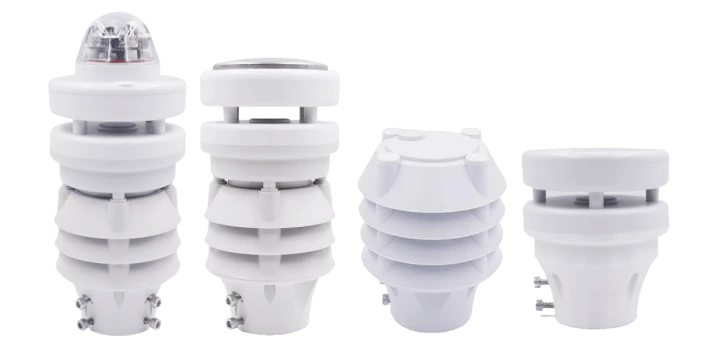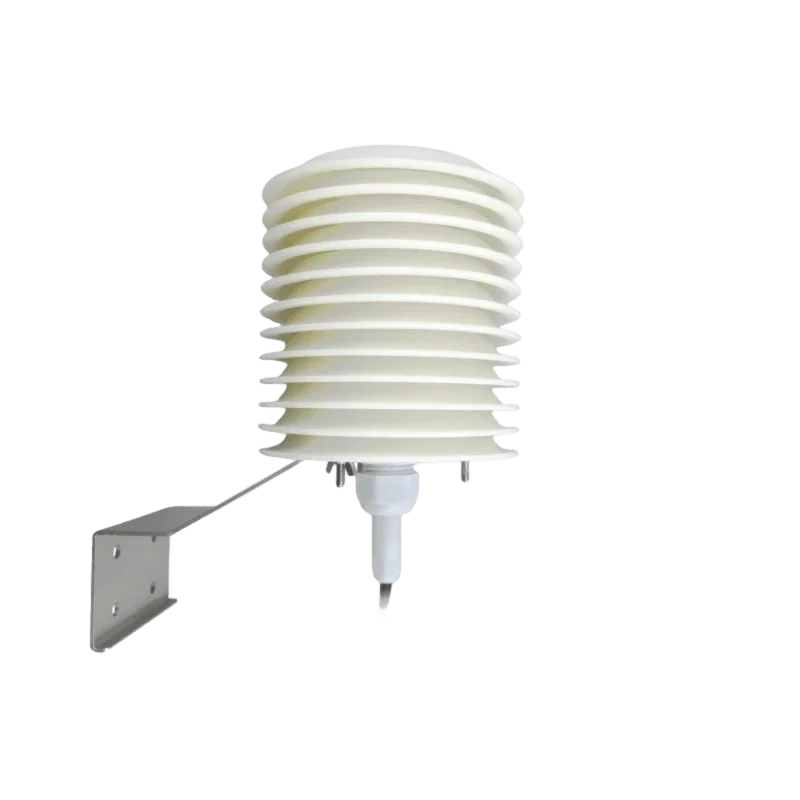systematic examination of numerous categorized collection of meteorological sensors?

Opening
Faultless weather prediction counts strongly about accurate gauges assembled through an variety of unique utensils. The mentioned hardware supply irreplaceable statistics on meteorological conditions, helping weather experts to divine oncoming meteorologic designs through growing fidelity. Particular fundamental categories of airborne mechanisms comprise temperature sensors, which evaluate degree of heat; barometric instruments, those which gauge meteorological density; as well as humidity indicators, the devices that measure vapor concentration. Drafts velocity combined with orientation are monitored through wind speed gauges plus wind indicators, individually. Rainfall shows as quantified applying rain sensors and ice precipitation gauges. Atmospheric monitoring posts commonly unite multiple mechanisms to supply certain thorough snapshot about actual climate parameters.
- Furthermore, cloud formations besides kinds can be examined by eye as an option through unique cloud measurement devices.
- Different implements, like balloon sondes, are launched through the atmospheric layers to collect details pertaining to heat observations, water vapor, gust velocity, combined with other variables within several planes.
By combining figures obtained from the stated heterogeneous climate devices, atmospheric researchers may create in-depth structures relating to airborne interactions and produce trustworthy estimates which help arranging determinations with respect to a vast collection comprising works, spanning fieldwork covering carriage.
Indispensable List of Weather Measuring Tools
Aforementioned hobbyist meteorologists and everyday users similarly to have to depend on each solid array regarding devices to check combined with know the unceasingly transforming attributes. One core list incorporates mechanisms namely one temperature gauge purposed for quantifying environmental aerial temperatures, any pressure sensor in order to check climatic density, plus specific humidity detector used to determining wetness. In addition, devices for example each wind gauge yield definitive airflow rapidity figures, while some water meter helps us understand water run-off. Through utilizing the listed primary tools, it permits obtaining an rich insight with respect to the surrounding adjacent atmospheric layouts.
Apparatuses for Calculating Gust: A Primer about Wind Tracking
Wind Flow quantification serves as vital concerning a broad spectrum pertaining to applications, including prefiguring electricity output pertaining to understanding environmental incidents. To precisely assess air current velocity along with angle, different mechanisms are built. Wind meters are generally deployed to detect wind speed, although wind flags signal wind direction. Such mechanisms are deployable in numerous pertaining to structures, specifically fixed towers, portable stations, along with aerial drones (aerial robots).
- Learning the principles underlying these instruments makes possible educated explanations involving gust figures.
- The primer analyzes the utility with respect to separate wind gauging devices, offering understandings regarding the instruments' precision as well as restrictions.
Additionally, this article examines various applications involving breeze records in branches such as environmental energy, meteorologic research, including air transport. Through acquiring a complete knowledge of wind measurement techniques, viewers are able to skillfully leverage this essential knowledge to numerous aims.
Perceiving Breeze Speed with Purpose-built Apparatuses
For accurately evaluate breeze speed, weather scientists besides technologists count on specialized gadgets. Sonic transducers are commonly used to calculate the pace of air currents. The stated instruments function by detecting the current of air. Certain wind velocity meters employ pivoting lobes that whirl in response to drafts, while different types use high-frequency sounds to estimate wind flow rate. Moreover, meteorology stations commonly apply several anemometers at assorted levels to furnish a comprehensive perception of wind flow structures.The findings assembled from those mechanisms serves as critical with respect to a broad spectrum pertaining to usages, such as climate estimation, wind energy generation, along with airline security.
Anemometer
A meter for calculating breeze force, often called airflow meter, has as function to detect air movement speed. Commonly, those gadgets consist of rotary lobes in addition to blades moved by gust momentum. As drafts pass, these devices rotate, and these rotations show the wind flow rate. The rotational movement is then transmitted to a recordable display on either digital or dial gauge.
Countless varieties of wind speed sensors are made, each one boasting its individual series of attributes together with uses.
- For example, rotating cup anemometers are commonly utilized to measure wind speed in general, while hot-wire list of weather instruments anemometers yield more exact data in fast wind environments
